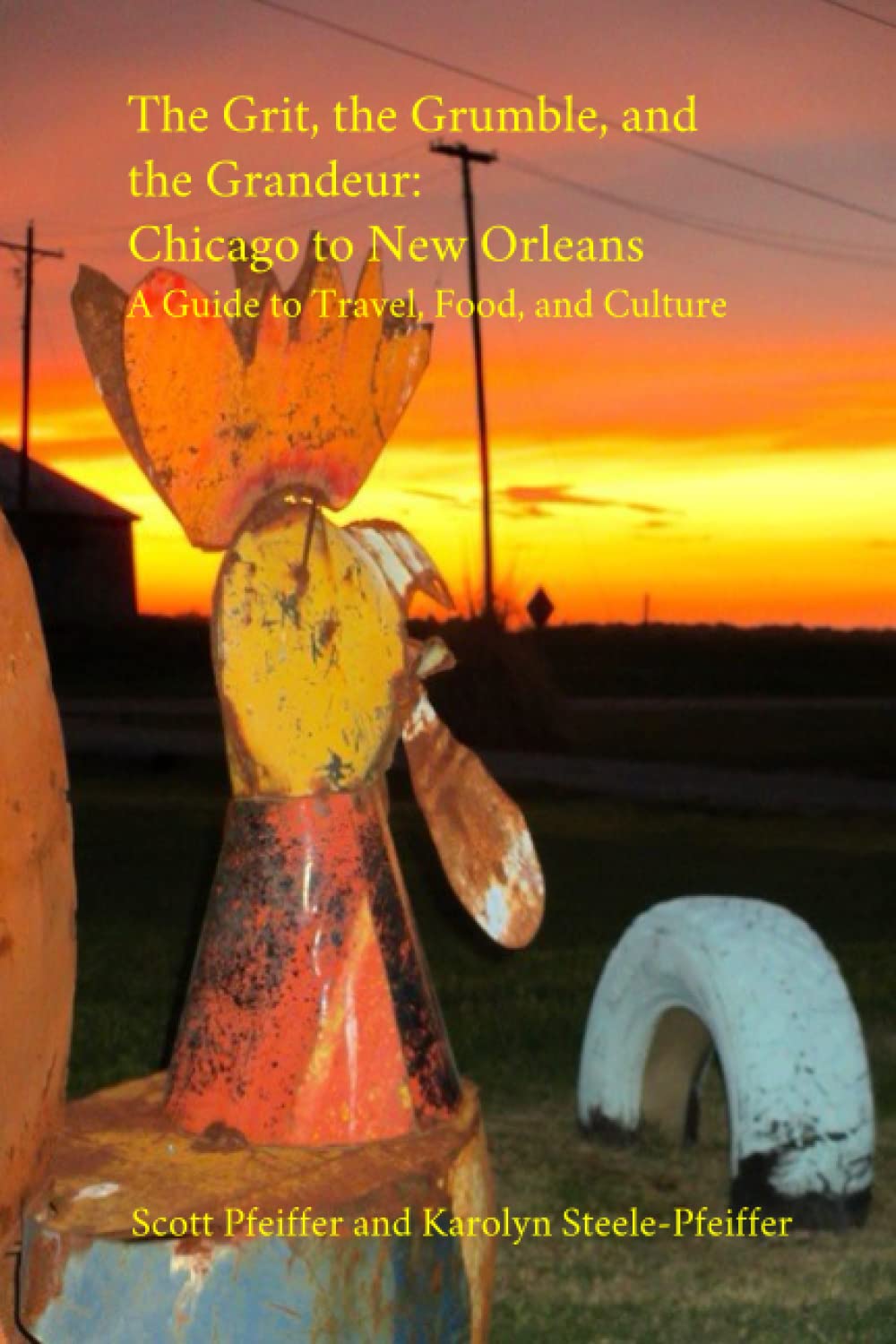United 93
With each step of his film about the fourth plane hijacked on 9/11, British director Paul Greengrass faced a minefield. He couldn’t allow reverence to paralyze him; on the other hand, the project couldn’t smack even slightly of Hollywood. A documentary style proves to be the key—no stars, handheld cameras and the feel of real time--allowing him to step with grace past these hazards. It honors the departed by never sensationalizing or sentimentalizing, and by keeping the focus on them, not the acting or directing. Observe how Greengrass allows us to sit for a moment in the cockpit before the plane takes off with the two pilots who will be executed when the hijackers make their move. One mentions looking forward to a family vacation in London. And how to handle those famous words, “Let’s roll”, seared into the public consciousness? Deliver them with neither a hint of Bruce Willis nor swell of orchestration.
As events unfold, the film cross-cuts from a military air traffic control center, where some of the actual staffers who were on the job on 9/11 play themselves, to doomed flight 93 sitting on the runway, taxiing, and lifting off. After the planes hit the towers and the Pentagon, we leave behind the world outside of flight 93 forever. The last minutes of this film -- passengers ramming the drink cart into the cockpit door, the Pennsylvania ground swinging madly into the horizon -- rank with the most intense pieces of filmmaking I’ve seen; they had the young women seated next to me sobbing, others gasping.
“United 93” offers no analysis, is not a parable or allegory, furthers no one’s agenda. It simply puts us on that plane, rendering a specific situation with devastating emotional truth (and I can speak to its veracity only on that level). These are everyday people – young and old, anonymous to one another, loved by ones not present -- who did not want to die. Essential viewing, though perhaps we cannot be said to be “entertained” by a film as deeply serious as this one, or even feel that we’ve sidestepped completely the irony of lauding its intensity.
- May 12, 2006


 Scott Pfeiffer
Scott Pfeiffer